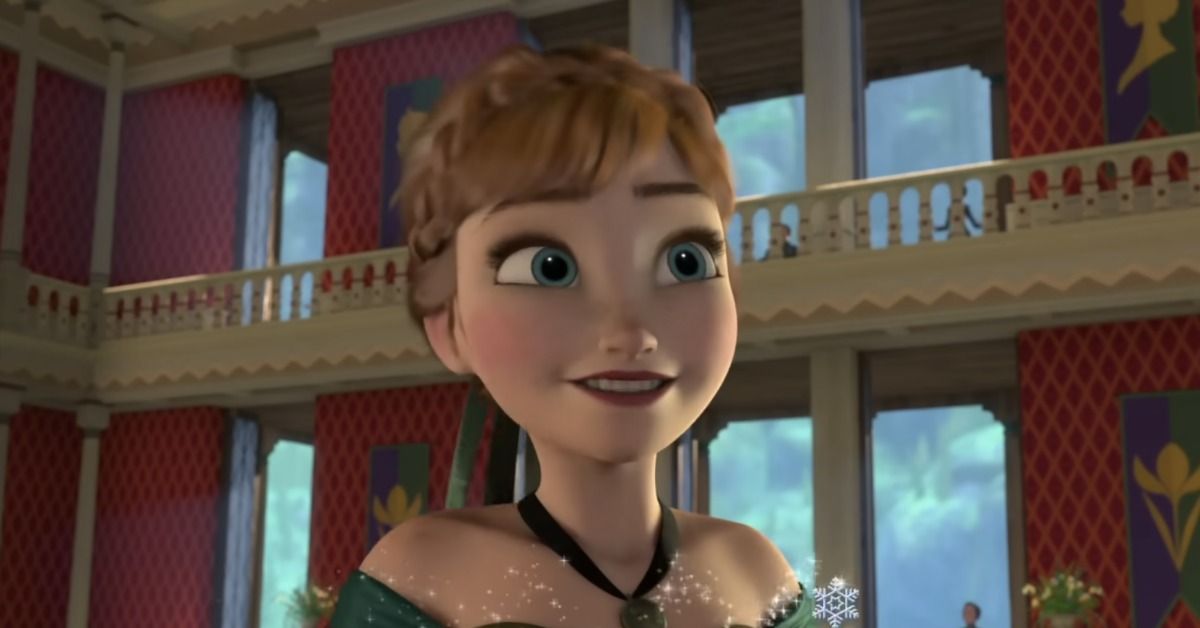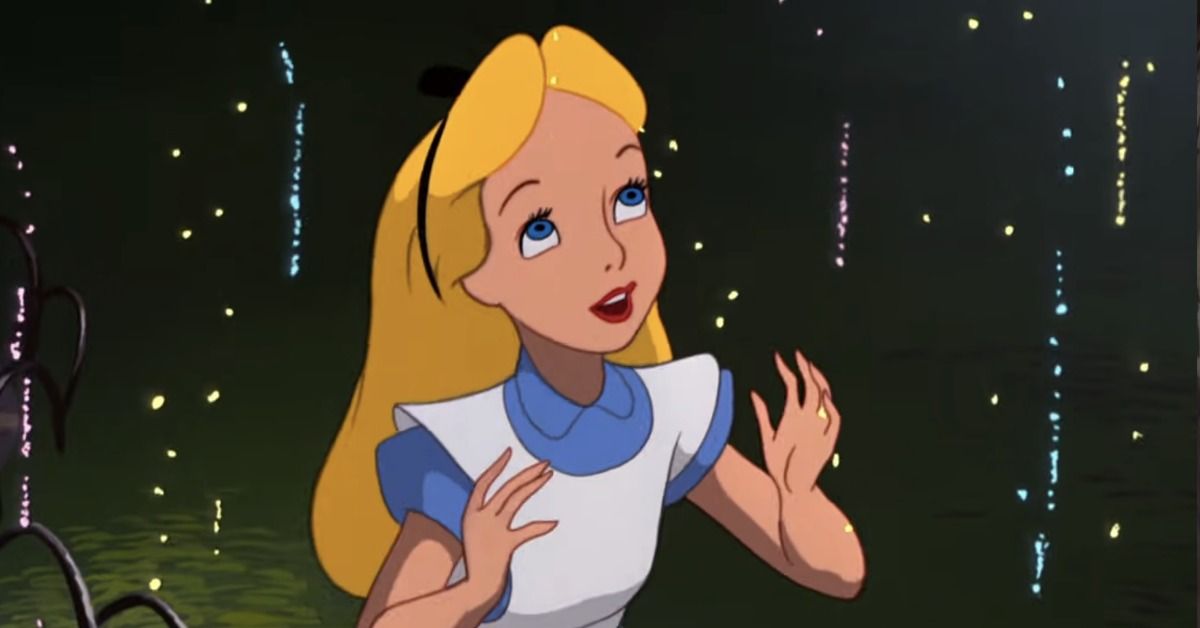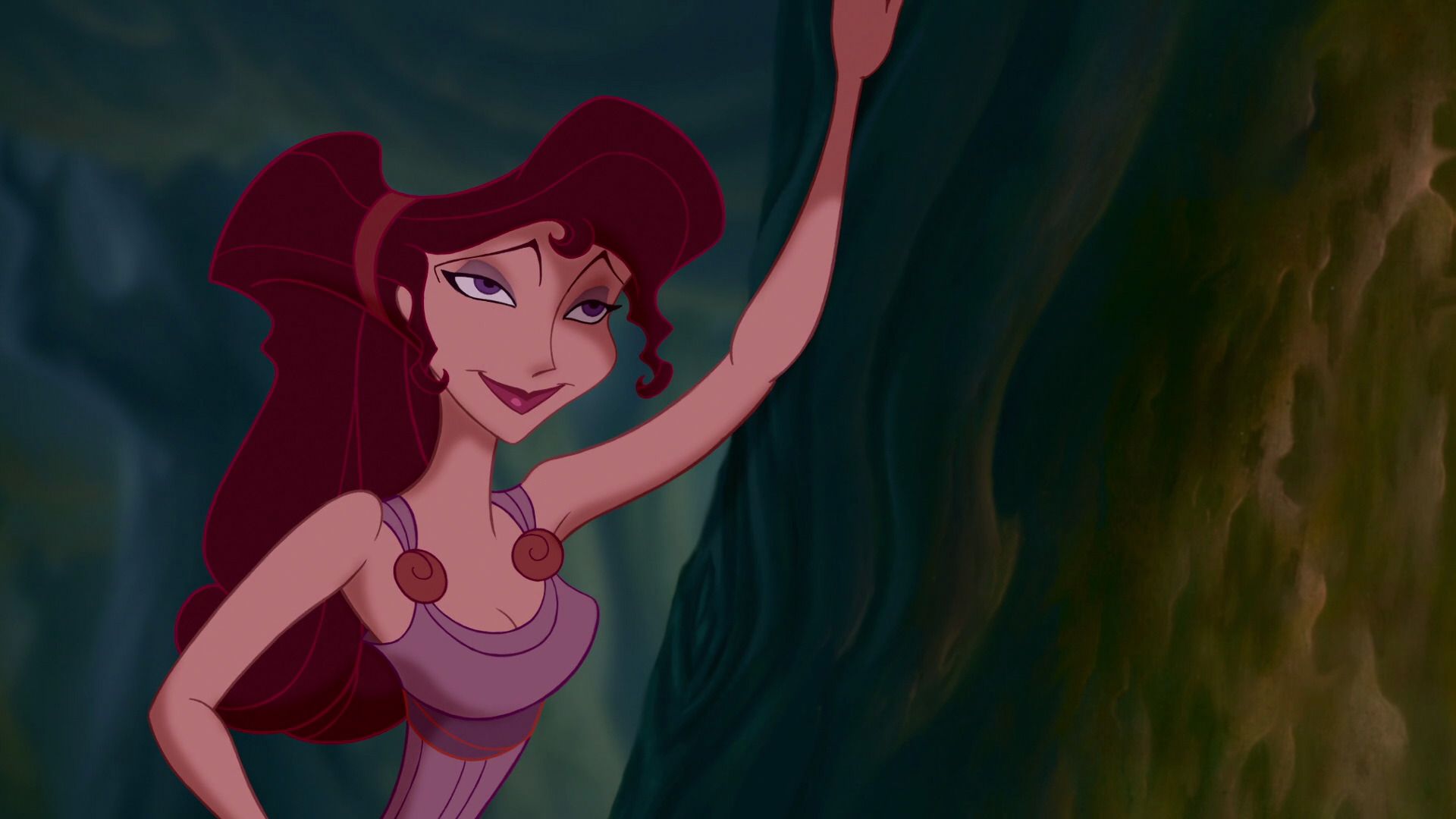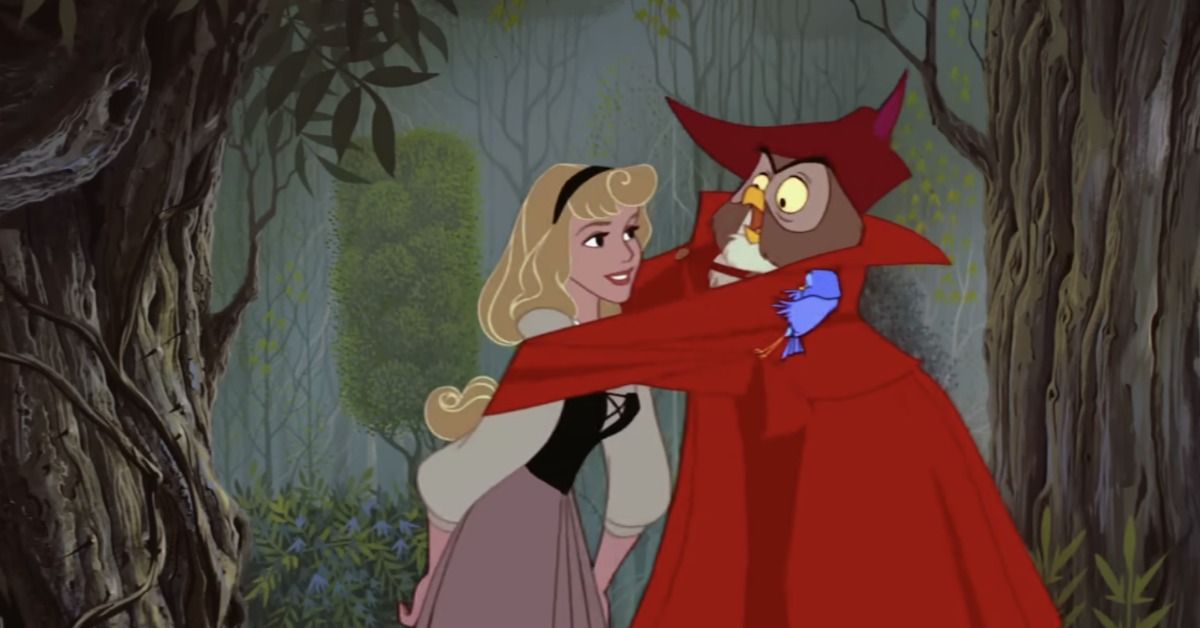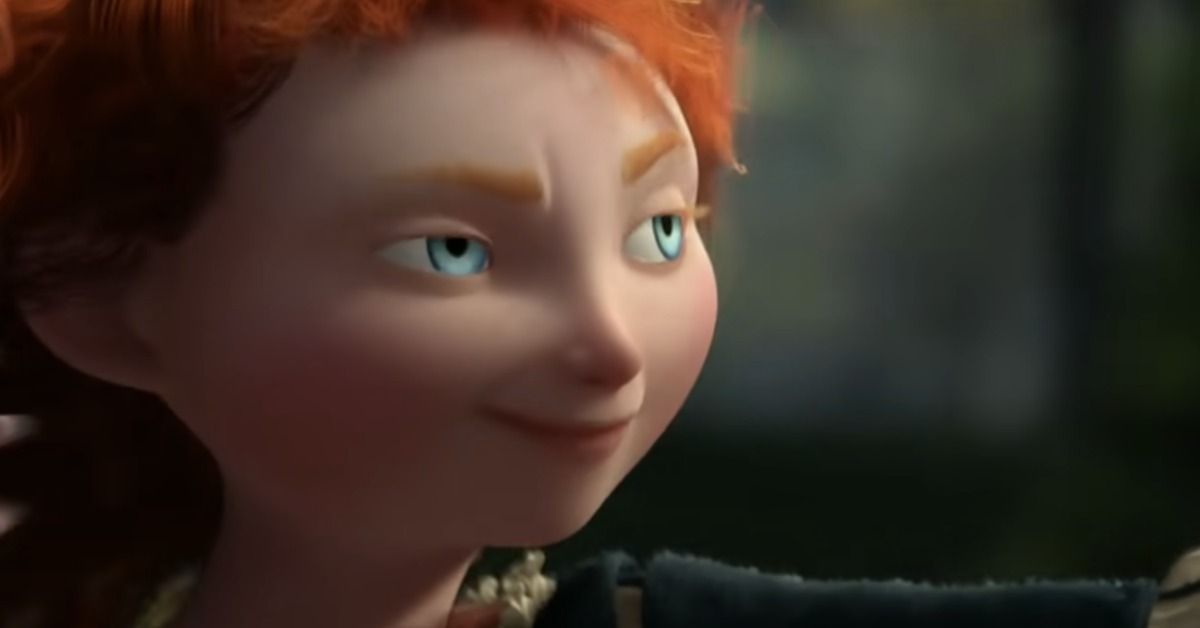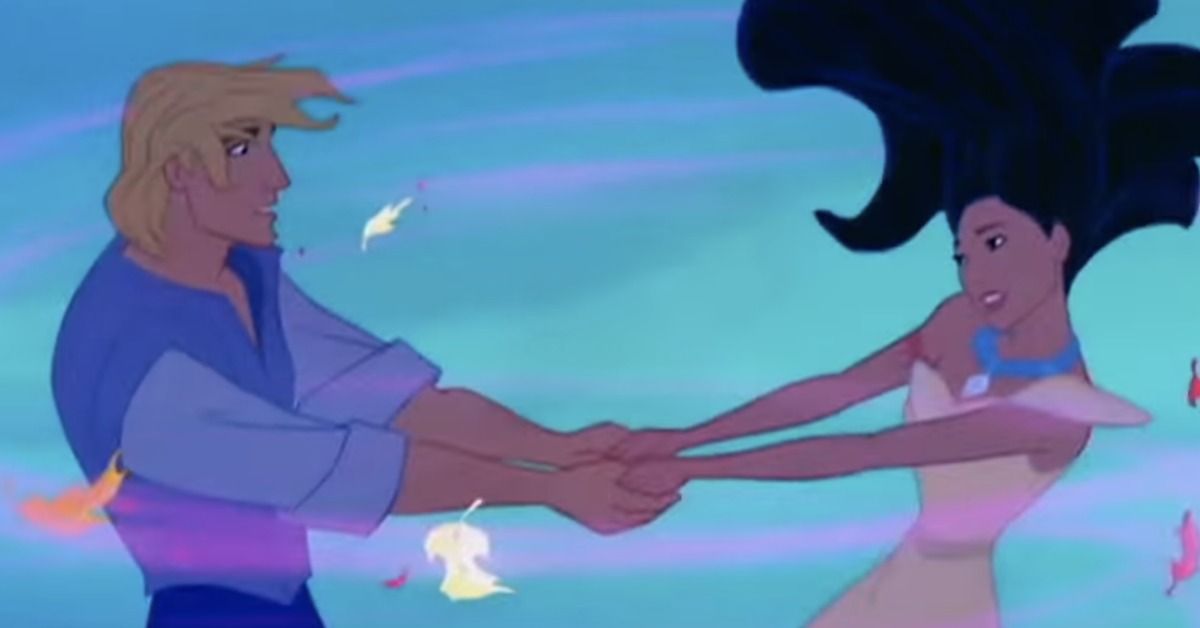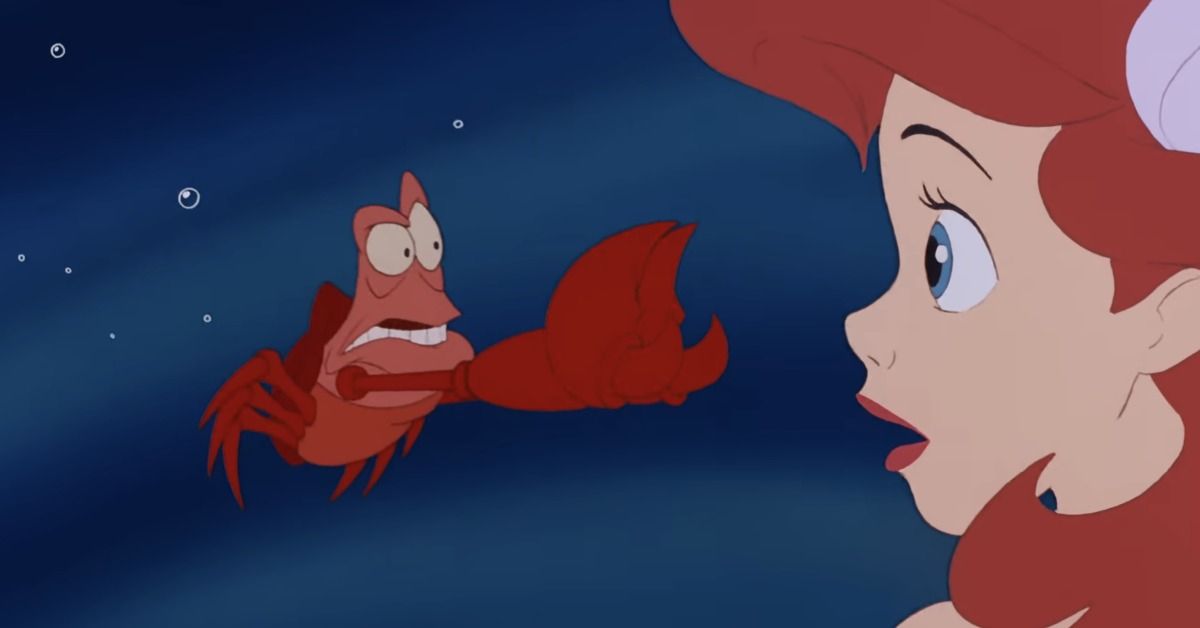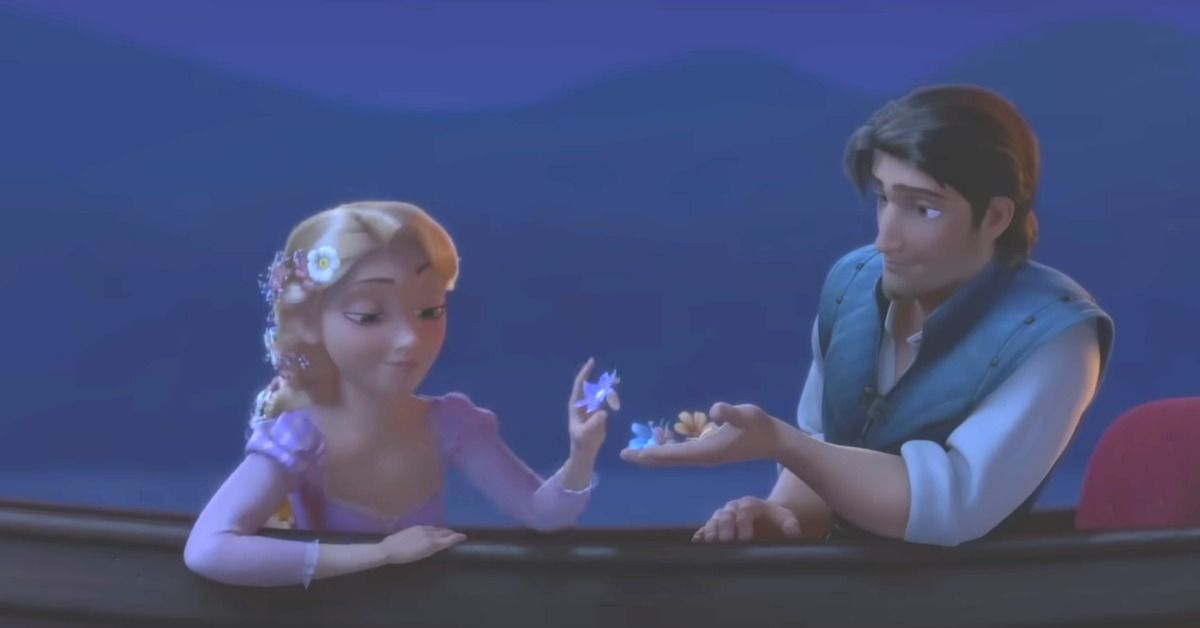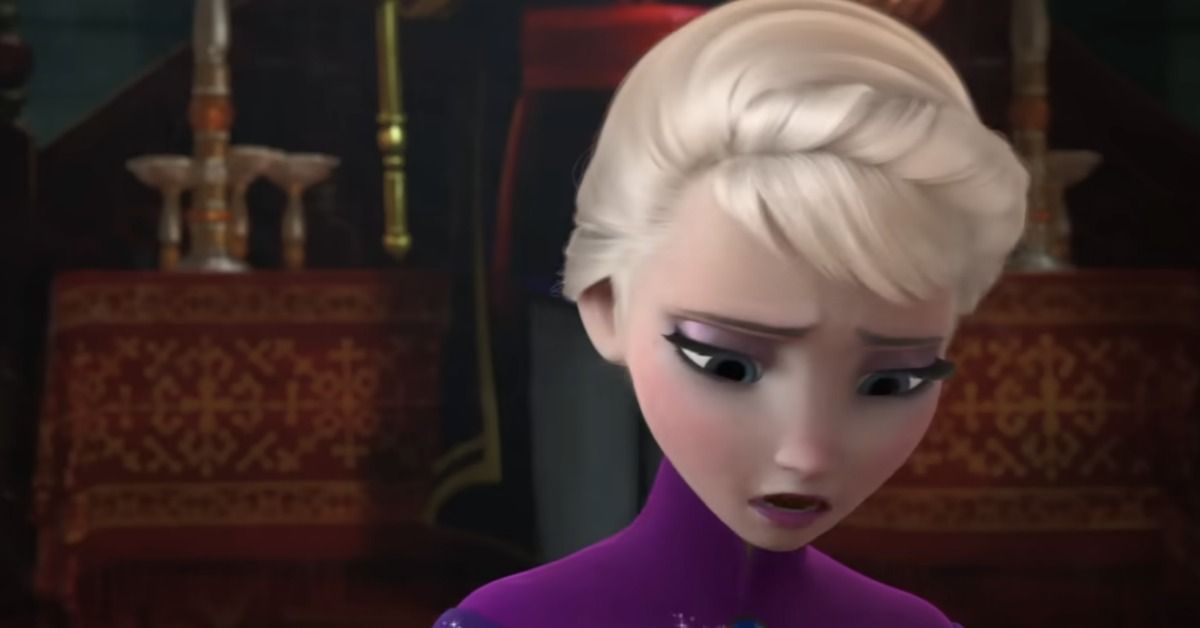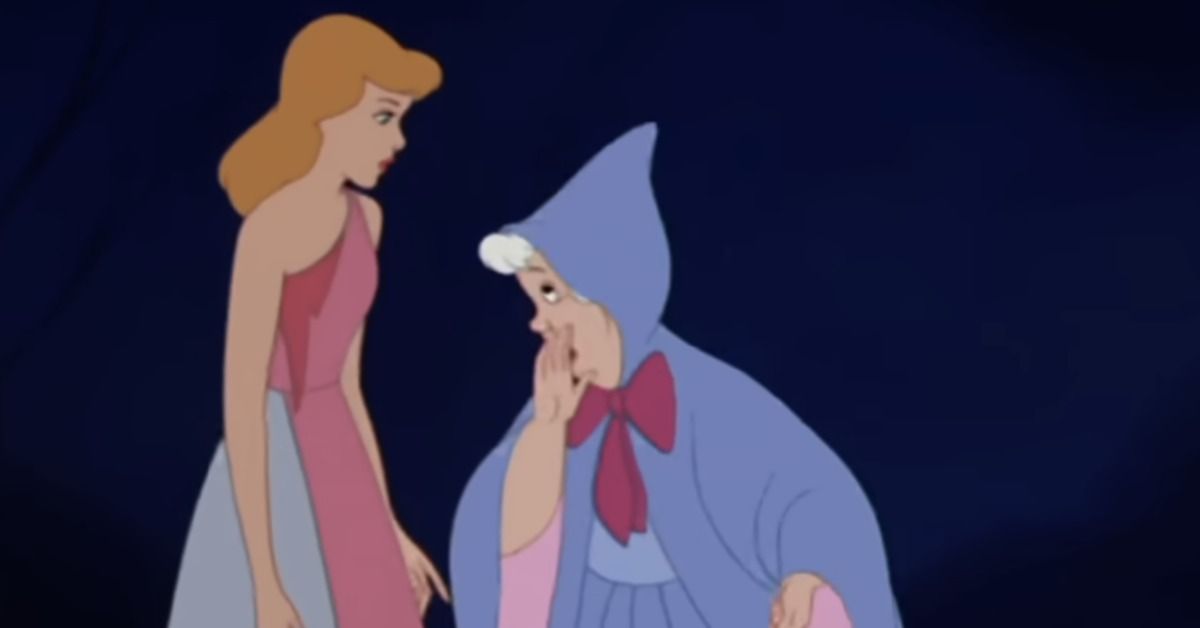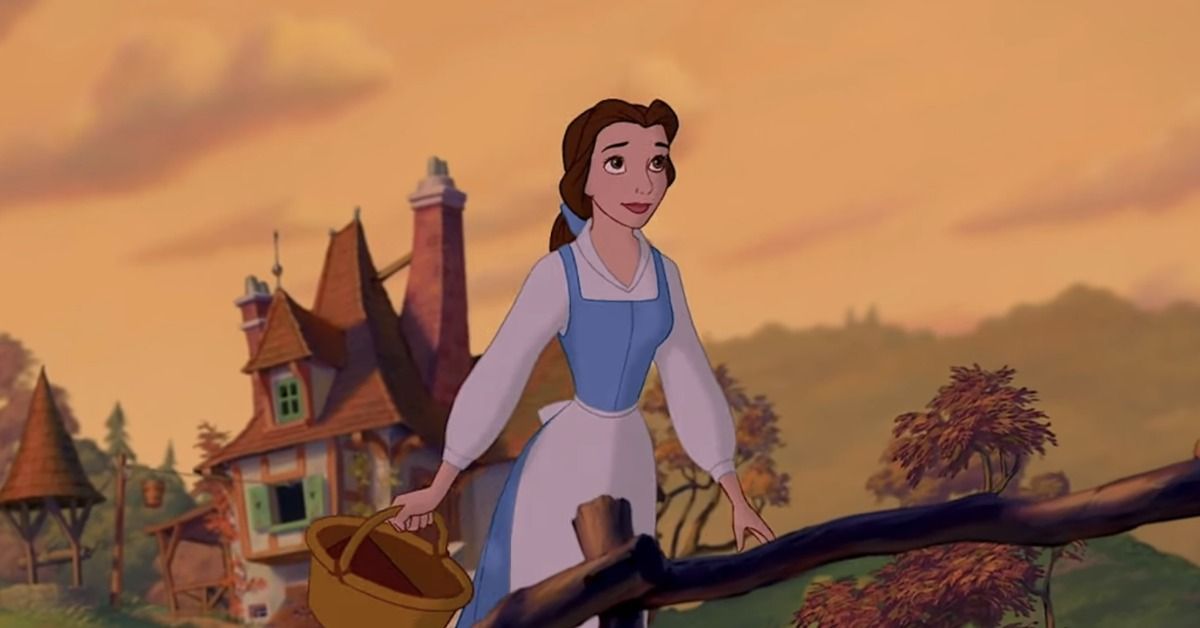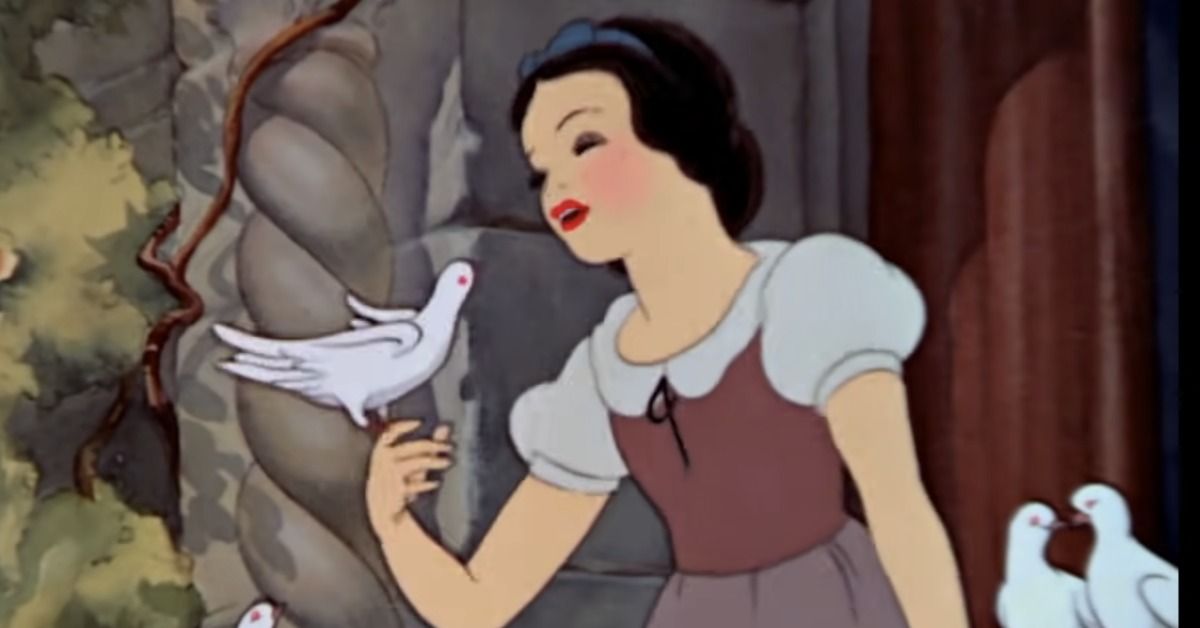Quick Links
Highlights
- Disney princesses arguably have exhibited signs of various mental illnesses, such as Mulan displaying atelophobia and Anna showing symptoms of ADHD.
- Fan observations of mental illness in Disney princesses have sparked conversations and brought awareness to mental health.
- The speculation of mental illness in Disney princesses highlights the connection between these characters and real-life experiences of women coping with mental illness.
The film industry has existed in the United States for exactly 100 years now, and over the course of that century, movies themselves and the way they are made have changed in incredible ways.
In the beginning, movies were a great deal shorter, could only be viewed in black and white, and came with virtually no sound. It was not until the 1990s that digital animation came into the picture, which allowed studios like Disney to become what they are today.
Editor’s note: This article contains mention of mental illness and/or mental health crises. If you or someone you know is experiencing a mental health crisis, please visit findahelpline.com to connect with resources in your country. You are not alone.
Disney happens to be one of the largest movie studios in the world; in 2022 (the most recent year in which figures are available), they earned over $4.9 billion in movie revenue alone.
Disney has been making quality movies since the late 1930s, and built its entertainment empire around the success of their animated movies — films which revolved around princesses who often had to face off against an evil human or magical nemesis before being able to live happily ever after.
These princesses have always connected with audiences – specifically young girls and women – because they reflected women's experiences, depending on the decade in which their movie was released.
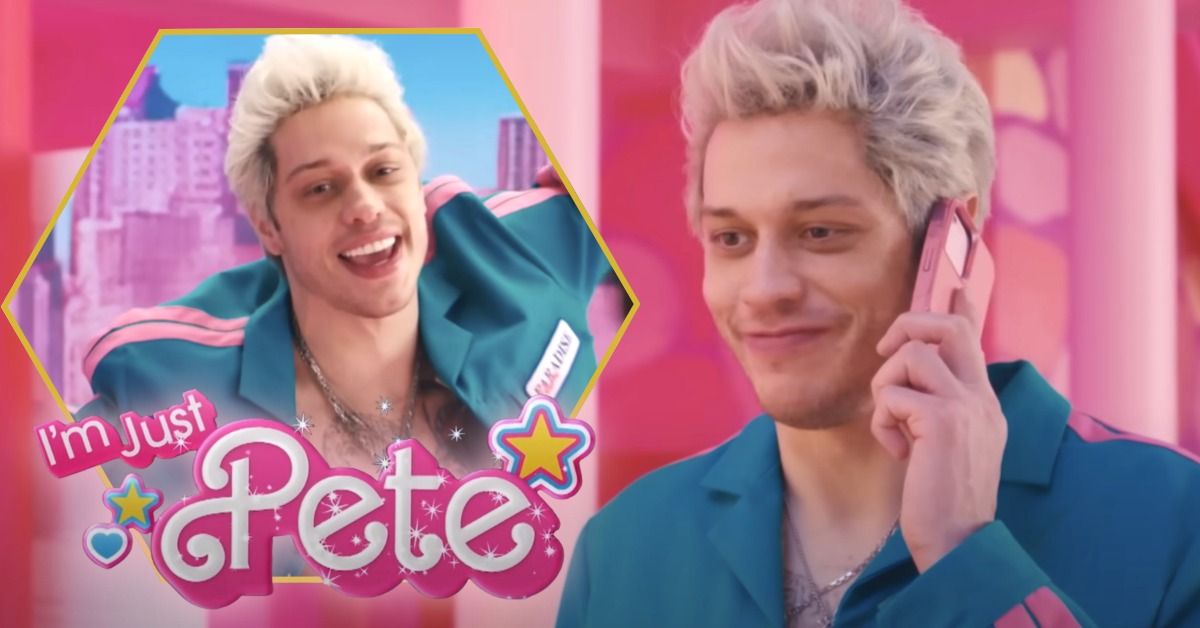
Pete Davidson's Net Worth Is No Joke
He's typically in the news for his love life, but Pete Davidson's net worth and rise to stardom are notable, too.In real life, though, women sometimes cope with mental illness of varying severity — and in Disney's animated movies, fans have speculated that some Disney princesses have exhibited signs of mental illness, perhaps as a way of understanding symptoms through classic and iconic characters.
What started off as a semi-humorous meme in the late 2010s has evolved into a source of comfort and solidarity, as previous stigmas surrounding the topic of mental illness fade away.
In August 2023, chronic illness and mental health advocacy site TheMighty.com examined what a person's favorite Disney princess might say about their mental health, leveraging the existing meme to bring the topic to the forefront.
In other words, even Disney princesses may struggle with mental health, as these fan observations demonstrate.
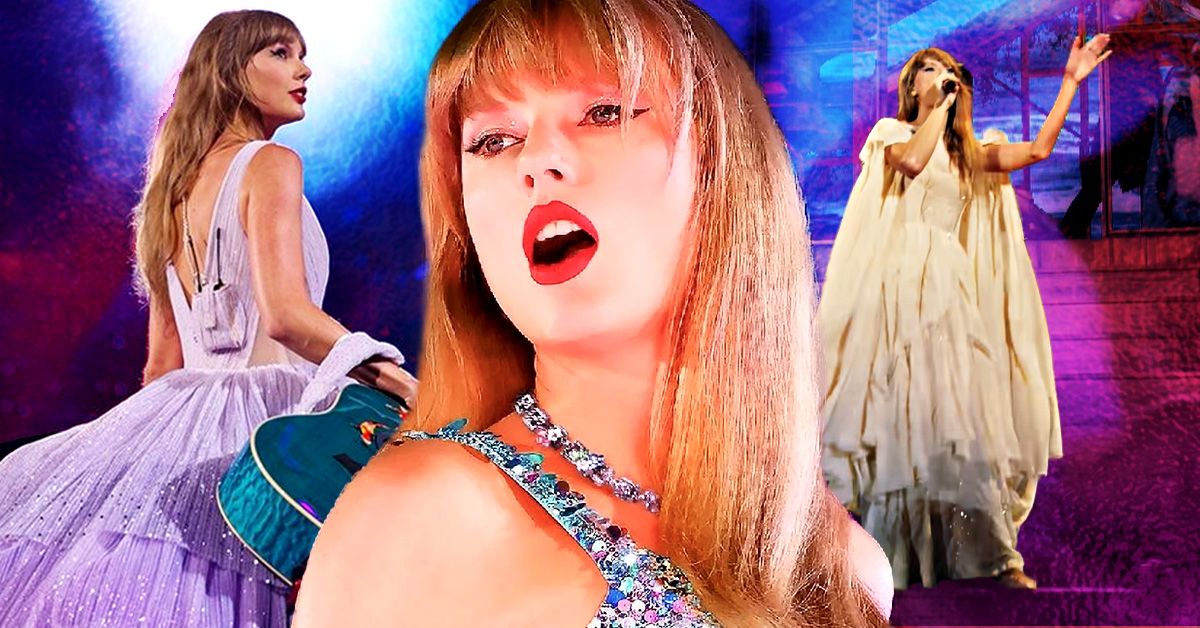
The Most Expensive Outfits Worn By Taylor Swift In Her Eras Tour, Ranked
Let's look at Taylor Swift's jaw-dropping outfits on her Eras tour (and her NFL ensembles), including her $5,995 Louboutin boots.Mulan: Atelophobia
Mulan made her debut on the big screen in 1998, and the movie was praised for featuring a female character endeavoring to save her homeland from an invading army.
However, what many people may not realize is that Mulan may exhibit characteristics associated with the mental illness atelophobia.
Atelophobia is defined by the Cleveland Clinic as follows:
"Atelophobia is an extreme fear of imperfection. Someone with this disorder may be terrified of making mistakes, or go to great lengths to avoid new situations because they can’t guarantee that they’ll succeed.
"It can lead to depression, anxiety, panic attacks and a negative outlook on life. If you think you may have atelophobia, talk to your healthcare provider."
Mulan sees herself as an outcast for not wanting to be a submissive wife, so she sets out and joins the army to help save her home from the Huns and regain her family's honor, struggling with feelings of imperfection and rejection.
Anna: ADHD
Just over a decade ago, Disney released Frozen, an animated movie that took the world by storm.
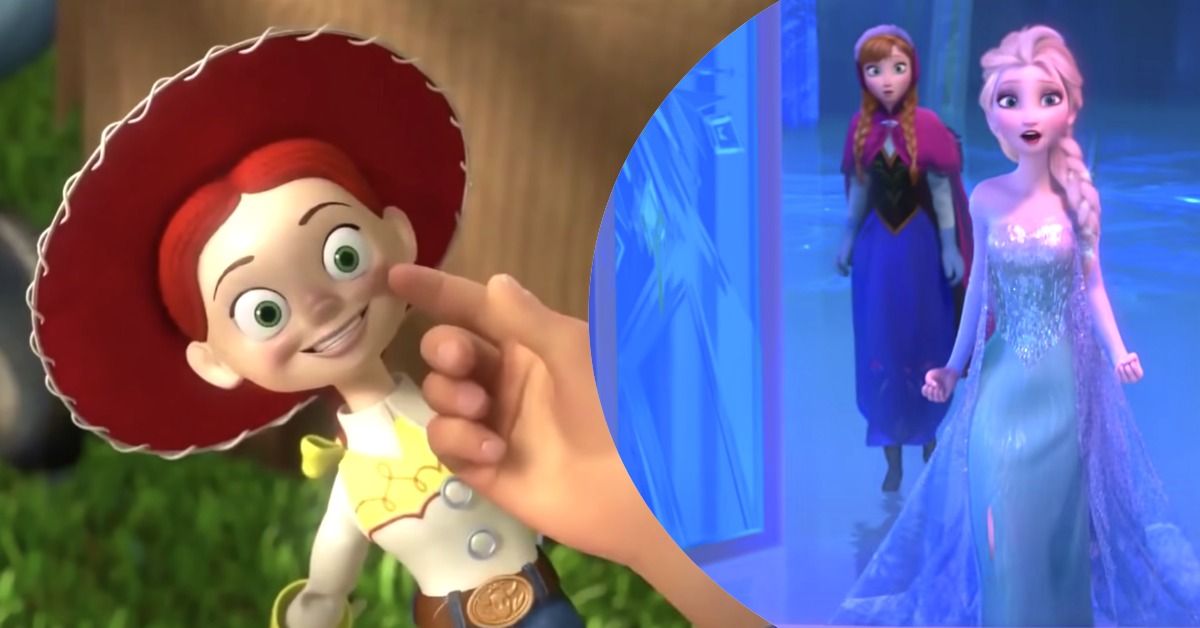
The Highest Grossing Animated Movies Of All Time Are Also Works Of Art
Animation has become a huge industry from humble beginnings, as the highest-grossing animated films resoundingly demonstrate.And for a movie that dealt mainly with the love shared between two sisters, it performed incredibly well at the box office, netting over $1 billion. Anna is the youngest of the sisters, and unlike her sibling, she does not possess ice magic ... and is far more outgoing and friendly.
Frozen's Anna also exhibits symptoms of Attention Deficit Hyperactivity Disorder (ADHD). ADHD is characterized by occasionally impulsive behavior, chronic inattentiveness, and inability to sit still (or a tendency to fidget).
Anna exhibits such behaviors throughout the movie; she trips often, she gets excited over things like salad plates, she jumps on furniture, she speaks quickly, and she agrees to marry a prince within hours of meeting him.
Alice: Schizophrenia
There is an entire generation of people who primarily associate Alice In Wonderland with the Johnny Depp version, but Disney has actually owned the franchise since before the 1950s, releasing their classic version in 1951.
In Alice In Wonderland, Alice discovers a doorway to another dimension, where her body grows and shrinks in size, where she speaks to a talking caterpillar and a floating cat, and where there is an evil queen out to get her.
Alice In Wonderland has been associated with hallucinations for quite some time, as evidenced by the 1967 song "White Rabbit," inspired by the story.
Hallucinations are a commonly known symptom of schizophrenia, which is defined by the American Psychiatric Association (APA) as follows:
"Schizophrenia is a chronic brain disorder that affects less than one percent of the U.S. population. When schizophrenia is active, symptoms can include delusions, hallucinations, disorganized speech, trouble with thinking and lack of motivation. However, with treatment, most symptoms of schizophrenia will greatly improve and the likelihood of a recurrence can be diminished."
Meg: Borderline Personality Disorder
Greek mythology is filled with dozens of well-known gods and other mythical creatures, and the mythology's popularity led Hollywood to adapt several myths into feature-length movies.
One of those movies was Disney's 1997 film, Hercules, which followed the legendary son of Zeus as he tried to stop Hades from taking over Mount Olympus. Along the way, Hercules meets Megara, otherwise known as Meg, who starts off serving Hades, but eventually falls in love with the hero.
It has been speculated Meg has symptoms of what is known as Borderline Personality Disorder, which include mood swings and an intense phobia of being abandoned..
Aurora: Major Depressive Disorder
In 2014, Disney released Maleficent, a live action movie which retold the story of their 1959 animated film, Sleeping Beauty.
Both movies saw Princess Aurora falling victim to a curse which placed her in an eternal sleep.
Updated, April 2024: In late March, Disney princess Aurora (of the classic mid-century film Sleeping Beauty) was the subject of a ScreenRant.com article, which delved into Sleeping Beauty's effect on the brand's now-beloved princesses, as well as its animated works. In particular, the site indicated that Sleeping Beauty was a "box office bomb" following its 1959 release:
"Sleeping Beauty was one of Disney's biggest undertakings at the time. The film took a decade to create and $6 million to produce, being the first animated film to use the Super Technirama 70 widescreen process to create Sleeping Beauty's iconic characters and settings.
"However, the film only made back $5 million of its $6 million budget, with Disney's distribution division losing $900,000 during its theatrical run. This critical failure resulted in many layoffs in the animation department and a shift away from princess stories for almost 30 years."
Of all the fan speculation on this list, Aurora's is perhaps the biggest reach – but there are some signs that point to Aurora possibly suffering from what is known as Major Depressive Disorder (MDD).
People diagnosed with MDD may struggle with low energy and disinterest in daily activities, as well as hypersomnia, which causes prolonged periods of sleep.

Holy Millions: The Richest Celebrity Preachers In The World
Preachers can make fortunes for themselves with their words of wisdom, and these are the holiest of high rollers.Merida: Avoidant Personality Disorder
In 2012, Disney released Brave, a movie which focused on a Scottish Princess named Merida, who throws her entire kingdom into chaos because she does not want to be betrothed (also known as "getting engaged").
Upon its release, Brave was highly praised by both critics and audiences for focusing entirely on developing Merida as a character, instead of centering on romance. The premise of the movie would explain why Merida does not want to get betrothed.
Some fans have speculated that Brave's Merida exhibits symptoms of Avoidant Personality Disorder, primarily because she's opposed to marriage and the conventions of her kingdom.
Pocahontas: Histrionic Personality Disorder
In 1995, audiences were given Pocahontas, an animated interpretation of the first interactions between Indigenous Americans and the Jamestown colonists – and despite historical inaccuracies, the film was a box office success.
As far as Disney princesses go, Pocahontas is still considered to be one of the strongest because of how she dealt with her people's conflict with the colonizing settlers.
Fans have suggested Pocahontas shows symptoms of Histrionic Personality Disorder, which is described as:
"... a mental health condition marked by unstable emotions, a distorted self-image and an overwhelming desire to be noticed. People with HPD often behave dramatically or inappropriately to get attention."

Bear Market: The Cast Of Kung Fu Panda 4, Ranked By Net Worth
The Kung Fu Panda franchise blends humor and action, grossing over $1.82 billion globally. With Kung Fu Panda 4 on the horizon, a stellar cast.Ariel: Obsessive Compulsive Disorder (OCD)
The Little Mermaid was a hit when it arrived in theaters in 1989. As the name would suggest, the film does in fact center around a young mermaid princess; she is a mermaid who dreams about becoming human and living on land.
All of Ariel's fellow mermaids consider her to be sort of odd, and audiences have suggested Ariel exhibits signs of Obsessive Compulsive Disorder.
OCD is defined by the National Institutes Of Mental Health (NIMH) as follows:
"... a long-lasting disorder in which a person experiences uncontrollable and recurring thoughts (obsessions), engages in repetitive behaviors (compulsions), or both. People with OCD have time-consuming symptoms that can cause significant distress or interfere with daily life."
According to viewers, Ariel's decision to sacrifice her voice for Prince Eric is a possible sign of OCD, as well as her frenzied habit of collecting dry-land objects.
Rapunzel: Stockholm Syndrome
In 2010, Disney released Tangled, a movie based on Rapunzel, an old German fairy tale written by the Brothers Grimm. Disney made a few updates to modernize the premise.
In Tangled, Rapunzel (a princess who possesses long, magical hair) is kidnapped as a baby by Mother Gothel (a very old and vain woman), who raises the child as her own in order to use her hair's powers to keep her young.
Gothel keeps the princess locked up in a secluded tower for years, emotionally abusing Rapunzel. Rapunzel, though, genuinely cares for Gothel, and has been compared to those with "Stockholm Syndrome."
However, "Stockholm Syndrome" as a diagnosis has come under increasing scrutiny in recent years.
British news outlet The Independent concisely explained the controversy in August 2023:
Few realize that ‘Stockholm Syndrome’ is a term that was foisted on a woman by a male psychiatrist who had never met her after a Swedish bank heist worthy of a movie.
Elsa: Avoidant Personality Disorder
With this entry, we will be revisiting the world of Frozen, which is not all that surprising, seeing as the movie featured two princesses from similar backgrounds.
Like Brave's Merida, Elsa allegedly deals with Avoidant Personality Disorder. For much of the movie, Elsa maintains a distance from her sister and the outside world, due to a fear of her own "ice powers."
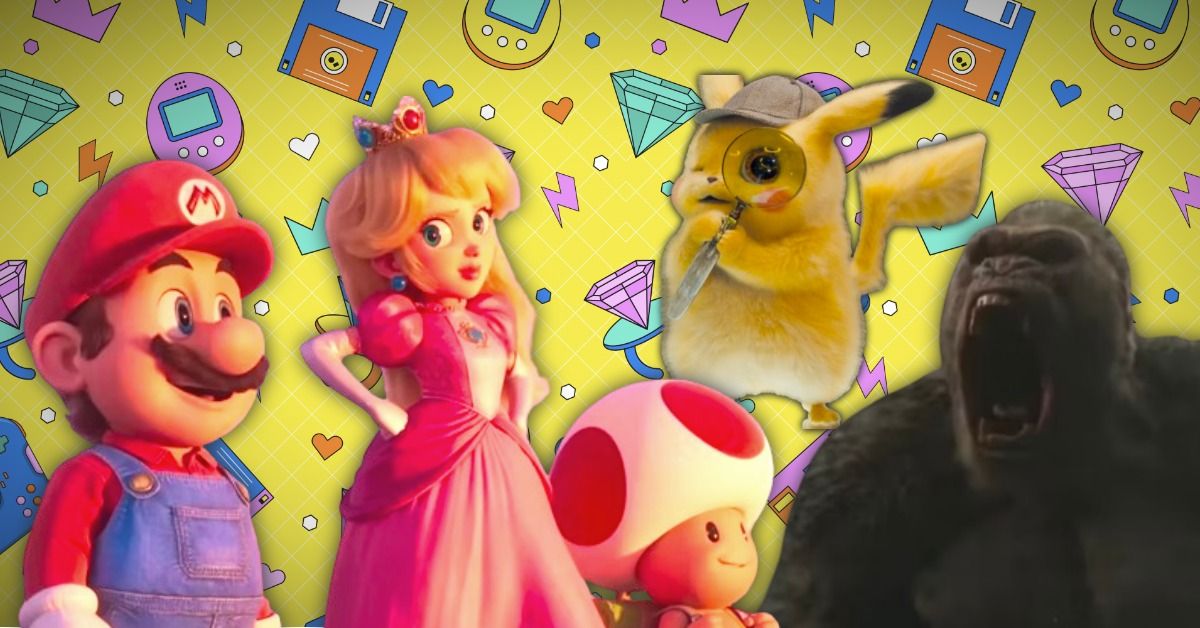
These Video Game Films Collectively Grossed Nearly $5 Billion
Video games and cinema have proven to be a lucrative combination at the box office, as the highest-grossing video game films are worth $4.8 billion.However, Elsa's avoidance of social situations is understandable, and doesn't likely rise to the level of a "disorder."
Cinderella: Dependent Personality Disorder
In 1950, Disney released Cinderella, at a time when women were more or less expected to stay home, clean, cook, and bear children.
When Cinderella came out, women were expected to be far more submissive, docile, and unassertive, which would explain why women like Cinderella were far more "dependent" on others.
In the movie, Cinderella lost her caring father, and is left in the care of a cruel stepmother. She requires help from her Fairy Godmother, who functions as a caregiver. And by the end of the movie, she marries a Prince who begins to take care of her.
Like several other princesses on this list, Cinderella likely exhibited symptoms of unhealthy life circumstances, more than any sort of true mental illness.
Belle: Stockholm Syndrome
In 1991, Disney released the original Beauty And The Beast, a movie which focused on the relationship between a prince who was transformed into a beast because of his arrogance and a girl he imprisons in his castle.
Like Rapunzel, Belle has been accused of "suffering from Stockholm Syndrome," the existence of which is contested. Also like Rapunzel (and Cinderella), Belle was not the architect of her alleged suffering.
Fans have even speculated that Belle's feelings were simply a coping mechanism, owing to the fact that she marries the prince in the end.

The Greatest Conquerors In History
Who is the greatest conqueror of all time? Perhaps the adjective "greatest" is something of hollow praise for the men on this list ...Snow White: Post-Traumatic Stress Disorder (PTSD
We end this list with Snow White, the first Disney princess – were not for her and her movie, it is quite possible that Disney would not have gone on to become the entertainment behemoth that it is today.
Snow White was born a princess and ended up living with an evil stepmother after her parents died. Because her stepmother was jealous of her beauty, she was essentially turned into a maid, until the time came when Snow White's beauty was deemed a threat to the queen.
Snow White's journey was difficult and dangerous, and medicalbag.com makes a strong case that the princess showed signs of Post-Traumatic Stress Disorder, or PTSD:
"Snow White presents with signs of post-traumatic stress disorder (PTSD). Snow is the most beautiful girl in the kingdom, and that silly, big-mouth mirror just couldn’t keep it secret, so being beautiful got Snow into trouble with the evil queen stepmother, who also just happened to have killed Snow’s father, the king.
"The evil queen, or step-mommy dearest, now wants to get rid of Snow to retain the title of 'fairest one of all.' So the stepmother sends out a huntsman to kill her, take out her heart, and bring it back as a trophy. If these are not traumatic events, what would qualify?"
Others have speculated that Snow White shows symptoms of OCD due to her frequent cleaning, but her housework is likely attributable to the fact that she had seven roommates after which to clean up.



